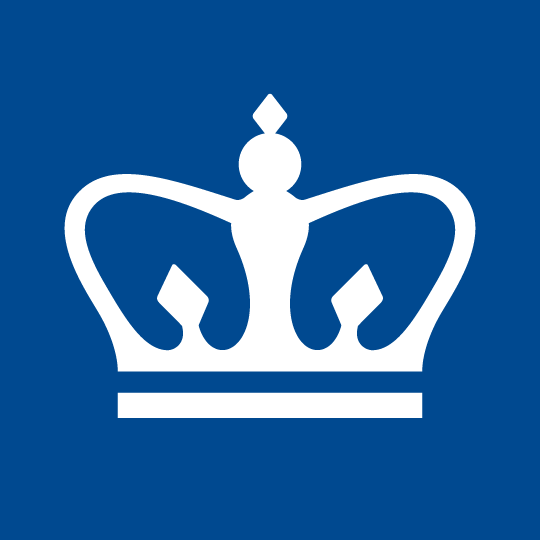Search Results
Correspondence; academic papers and talks in the form of manuscripts and reprints; notes, drawings, reports, a photograph album and films document the life and career of Richards. Of note are black and white photographs of Richards and colleagues housed in a custom-made album presented to Richards by Merck & Co; moving pictures depicting Richards and other recipients honored at the Nobel Prize ceremony in Sweden in 1956. The photograph album entitled, “Dickinson W. Richards, M.D. Merck Institute, 1937-1968,” contains 22 black-and-white photographic prints mounted to leaves. Photos depict Richards and colleagues, interiors and exteriors of Merck facilities, meetings, dinners, etc. The album has a maroon binding and is housed in a clamshell case. Details for the three films / four reels: “Film [fran?] Nobel festen 1956. 5 minute run with sound track in English” Opening credit: Stockholm Fox Movietone. Black-and-white, 16mm. Depicts Nobel Prize ceremony.Picture and sound reels. Label: The Nobel Prize festivities at the Stockholm Concert Hall on December 10th, 1956. “Given by Leon Warsha[w?] who was on Bellevue staff and then also physician N.Y. staff of Paramount pictures. The synchronous tone on the sound track to be synchronized with No. 8 on the film band.” Picture reel: Black-and-white, 16mm. appears similar to other Nobel ceremony film, but appears lengthier/greater run time. Sound track in Swedish.Untitled. Black-and-white, 16mm. Depicts Richards and André Cournand conducting procedure with patient?
Correspondence from Dickinson Richards to his family members, the bulk being letters addressed to his mother, Sally Richards, living at 163 Irving Avenue South Orange, New Jersey; her summer residence at Sunapee, New Hampshire; and her New York City residence at 43 East 72nd Street. He also writes to his father, Dickinson W. Richard; his sisters Katherine, Josephine, and Gertrude; and his brother Edward. Included are postcards, telegrams, and accompanying photographs. His letters offer details from his summer training at Tobyhanna [Pennsylvania] camp in the Headquarters Company, 10th Field Artillery, National Guard, Connecticut—the training grounds populated by Yale University students and faculty. His training continued in Company 11 at Fort Myer, Virginia; and 1st Training Company at Fort Monroe, VA, with excursions to locales such as Washington DC, Newport News and “surf bathing.” He was transferred on September 17, 1918 to Camp Eustis, Virginia, and then marched to the embarkation Camp Stuart, located in Newport News, Virginia on September 27th before deployment, but departed from Hoboken, New Jersey. A letter to his mother (May 1, 1918) includes five black-and-white photograph portraits of Dickinson’s friends posed in uniform, identified as Sutherland Dows, David Dows, Browne, Parsons, and Griffith. Another photograph of his Fort Monroe’s quarters is found enclosed in a letter to his mother (May 5, 1918). A letter to Dickinson (September 5, 1918) from friend “Ken,” an officer in the American Expeditionary Forces stationed in France, includes Ken’s portrait in uniform. A photograph of Dickinson in uniform—a duplicate from his identification card—is enclosed with his letter to his mother (Nov 24, 1918) from Le Havre, France. His letters continue after leaving Le Havre. He then served with the 49th Artillery Coast Artillery Corps (C.A.C.) at La Tresne in Bordeaux and Poudrerie Barrack, Bessens. He returned to the U.S. from Europe on March 13, 1919. His correspondence ends April 1, 1919.
Includes reports, seminar, articles, programs, and other documents.
GPA report
Regarding travel ban in effect in US in 1987 so that HIV-positive foreighn nationals could not enter the US legally unless granted a waiver for a short-term visa by the Department of Homeland Secuirty. The policy denied citizenship to anyone living with HIV appling for a green card. The ban was lifed by the Obama administration effective January 4, 2020.

